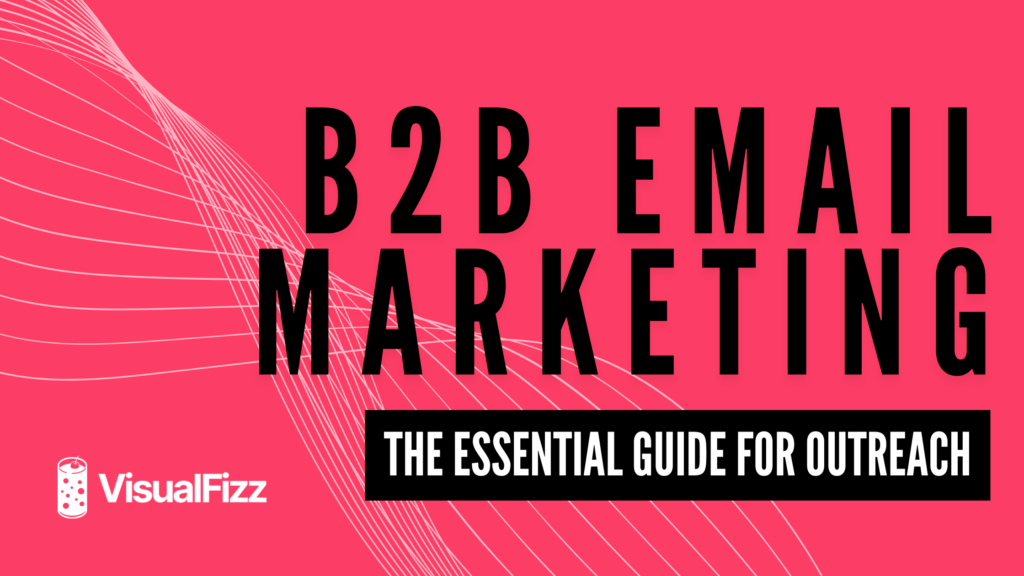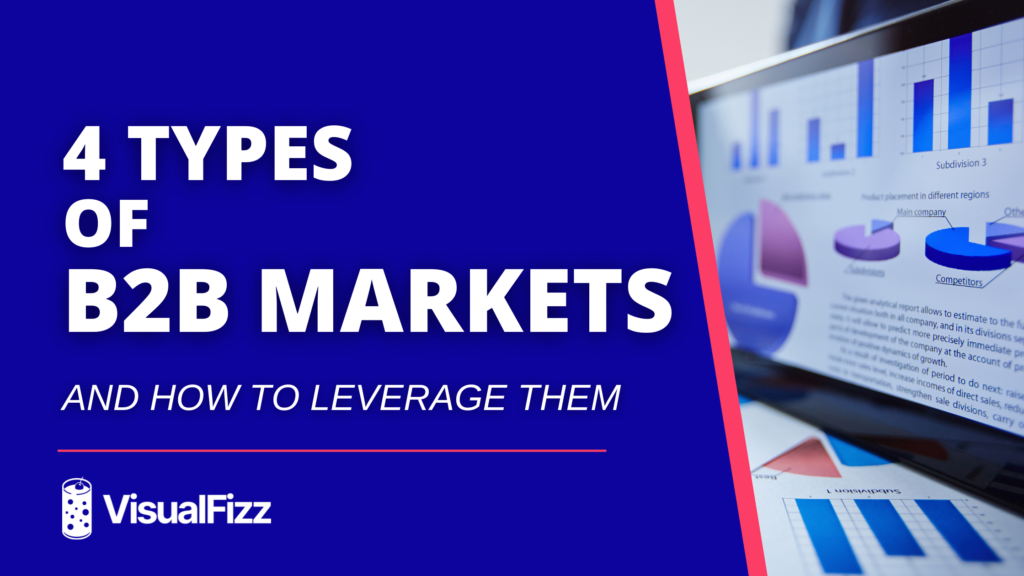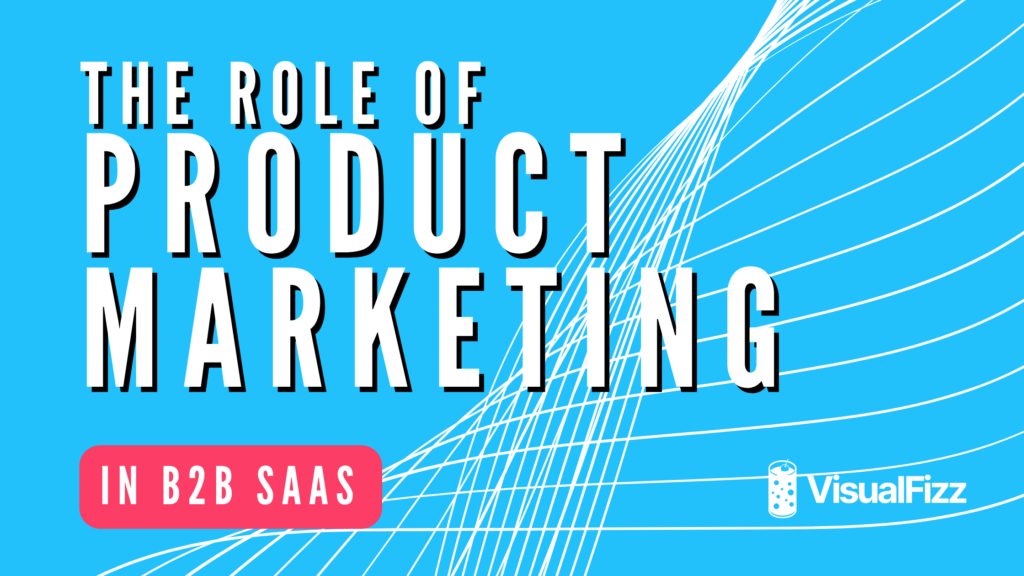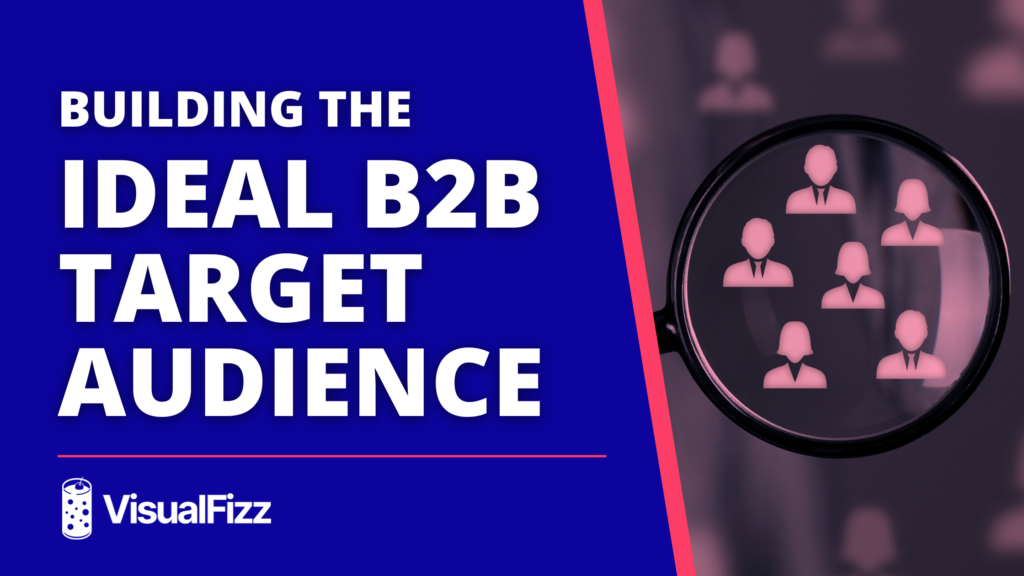
Contrary to what you may hear, email marketing is not dead.
According to Forbes, there are 361.6 emails sent worldwide each day.
But let’s be real—crafting an effective B2B email marketing strategy can feel like navigating a maze. Instead of hammering your list with promotions, email is about building relationships, nurturing leads, and closing deals. Getting it right is key to ensuring each campaign truly makes an impact.
This guide will walk you through everything you need to know to boost your ROI with B2B email marketing. We’ll cover the basics, guide you in crafting a solid strategy, and share best practices.
Understanding B2B Email Marketing Fundamentals
B2B email marketing means sending tailored messages to other businesses to:
- Promote your products or services
- Nurture relationships
- Drive sales
Unlike B2C marketing, which targets individual consumers, B2B email marketing focuses on businesses, meaning you’re often addressing multiple decision-makers and dealing with longer sales cycles.
The importance of B2B email marketing can’t be overstated. It’s still one of the most effective channels, with 50% of marketers naming it their most impactful strategy.
The return on investment (ROI) is equally impressive—on average, email generates $36 for every $1 spent, making it a must-have for any B2B strategy.
How B2B Email Marketing Differs from B2C
While both B2B and B2C emails aim to engage and convert, the two are vastly different in terms of approach:
- Target Audience: B2B emails focus on business professionals, while B2C emails target individual consumers.
- Buying Cycle: B2B sales cycles are often longer, requiring more lead nurturing and engagement. B2C purchases tend to be faster and more impulsive.
- Content and Tone: B2B emails are typically more formal, data-driven, and focused on solving business problems. B2C emails are often more casual and emotion-driven.
- Decision-Making: B2B purchases involve multiple decision-makers and higher price points, while B2C buying decisions are usually made by one person.
Learn more about the Differences Between B2B Marketing and B2C Marketing.
Why Your Business Needs B2B Email Marketing
An effective B2B email marketing strategy can provide huge benefits for your business:
- Cost-Effective Reach: Email marketing lets you connect with a large audience at a relatively low cost.
- Personalization: You can use segmentation to tailor your messages based on industries, job titles, or where prospects are in the buying journey.
- Lead Generation and Nurturing: Targeted calls-to-action (CTAs) help guide leads through the sales funnel.
- Building Relationships: Regular, value-driven emails help establish long-term relationships with clients and prospects.
- Measurable Results: Email marketing offers clear metrics—like open rates, click-through rates, and conversions—that help you refine your approach.
- Brand Authority: Consistent, high-quality content positions your brand as a thought leader, building trust and credibility.
Crafting an Effective B2B Email Marketing Strategy
By laying a strong foundation with clear goals, understanding who your audience is, and crafting personalized content, you’ll have everything you need to create campaigns that actually drive results.
Let’s break these concepts down further.
1. Set Clear Goals and KPIs
Before anything else, define what you want your email marketing to achieve. Are you aiming for lead generation, brand awareness, or sales growth?
Be specific: for example, aim to increase product sales by 20% within six months.
Once you have your goals, decide on key performance indicators (KPIs) to track your progress. If boosting brand awareness is your goal, your KPI might be website traffic from email campaigns.
2. Identify Your Target Audience and Create Buyer Personas
Knowing who you’re speaking to is essential. Start by creating buyer personas that represent your ideal clients—focusing on decision-makers in businesses.
Go beyond basic demographics and consider their challenges, goals, and motivators. Gather insights through surveys, interviews, sales feedback, and internal data.
Understanding these personas will allow you to create more personalized and effective content.
3. Develop a Content Plan
With your audience in mind, it’s time to build a content plan.
Start by creating an email calendar that aligns with your audience’s habits—think about when they’re most likely to open their emails.
Are they checking it while they have their morning coffee?
Or are they catching up on their inbox at 9 pm after dealing with chaos all day?
Focus on delivering quality over quantity; aim for fewer emails with more value-packed content. Address their pain points and present your brand as the solution. Segment your audience based on their characteristics so you can send targeted messages that resonate.
Whatever you do, don’t forget the CTA! Whether it’s downloading a whitepaper or scheduling a demo, every email should guide the recipient toward taking the next step.
Best Practices for B2B Email Campaigns
When it comes to B2B email marketing, it’s not just about sending emails—it’s about sending the right emails that resonate with your audience and drive action.
By following a few key best practices, you can ensure your campaigns stand out in crowded inboxes, build stronger relationships, and ultimately boost your ROI.
Here’s how:
1. Write Compelling Subject Lines
The subject line is your first (and sometimes only) chance to grab attention. With 47% of recipients opening emails based solely on the subject line, make it count.
Create curiosity, be specific, and avoid spammy phrases like “limited time offer.” Keep it short—44 characters or fewer tends to perform best.
2. Personalize Your Content
Gone are the days of one-size-fits-all.
Personalization isn’t just about adding someone’s name to an email—it’s about delivering content that’s relevant to their needs.
Segment your audience, tailor your messages based on behavior or preferences, and incorporate details like recent purchases or interactions.
3. Optimize for Mobile
With more professionals reading emails on their phones, mobile optimization is a must.
Use a responsive design that adjusts to different screen sizes, keep your layout simple, and make sure text is easy to read (14px or larger).
Buttons should be big enough to tap comfortably.
Measuring Success and Making Improvements
To ensure your B2B email marketing efforts pay off, you need to track the right metrics:
- Open rate: While important, be mindful of changes in privacy policies (like Apple’s Email Privacy Protection), which may affect tracking accuracy.
- Click-through rate (CTR): Measures how many people clicked on links within your email. A higher CTR often signals that your content and CTA are relevant.
- Conversion rate: The percentage of recipients who completed the desired action (like signing up for a demo) after clicking through.
Use Analytics Tools
Email marketing platforms offer built-in analytics tools that help you track performance in real time. Many also integrate with CRM systems for a holistic view of your strategy. A/B testing is a great way to see which content resonates more with your audience.
Continuous Improvement Strategies
Your email list will naturally decay over time, with about 22.7% of addresses becoming outdated each year. To keep your campaigns effective, regularly grow your list and monitor unsubscribe rates. If many people are opting out, it might be a sign that your content or frequency needs adjustment.
Tracking overall ROI is crucial too—it gives you a clear picture of the return on your email marketing investment.
Maximize Your ROI with B2B Email Marketing
B2B email marketing is all about delivering value and building long-term relationships.
By setting clear goals, understanding your audience, and crafting personalized, mobile-friendly content, you’ll be well on your way to boosting your ROI.
Keep testing, refining, and analyzing your campaigns, and watch your email marketing efforts drive real business growth.
Want expert eyes on your B2B marketing strategy? VisualFizz is ready to help. Contact our team for a consultation.
Publishing Date:








